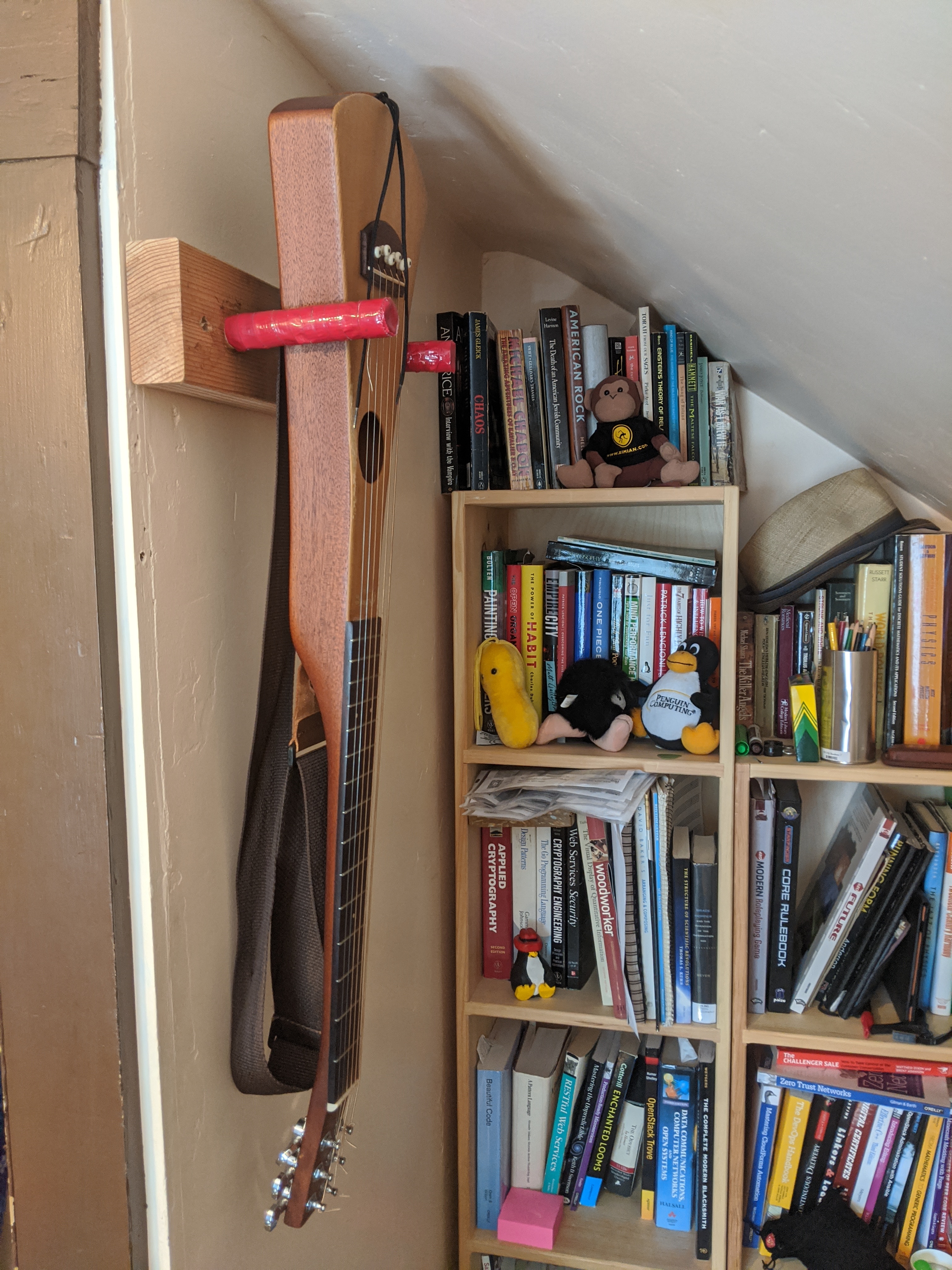It took me a few tries, but I finally got a passable demo/tutorial about Pipewire and QJackCtl.
Here’s the final version. Well, final for now.
Here’s the version before that that got hit by a copyright claim and thus was not visible in Canada. I chose the “auto edit” option to remove the copywritten material. I think that means that you don’t see how you can feed browser audio back into itself. I’ve not watched it since it got cut.
Here is the original Camcorder version. This was really the approach I wanted to take, with the camera picking up the same audio that I was hearing. But the video was unwatchable.

